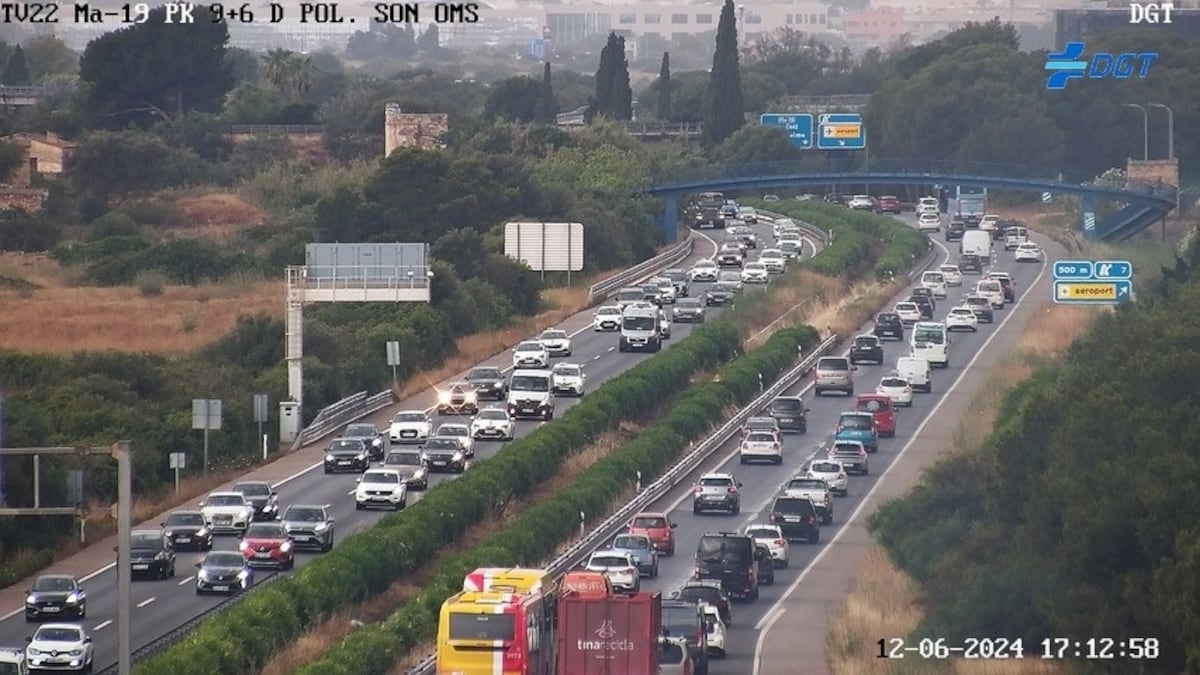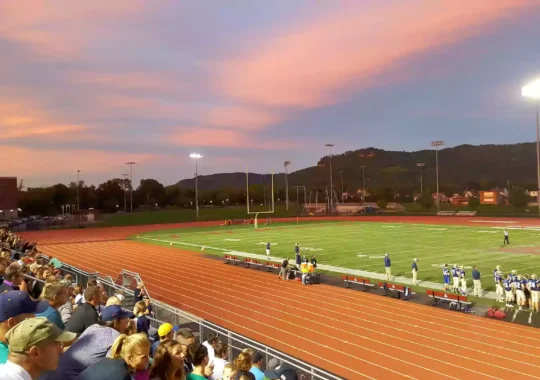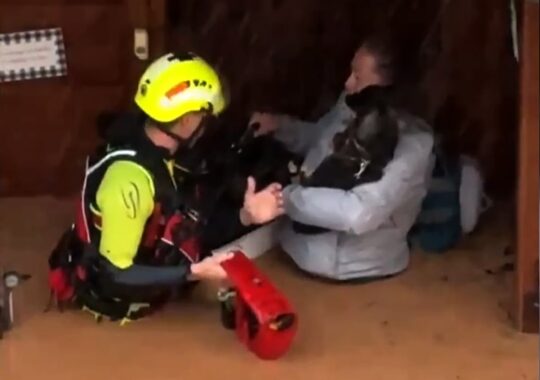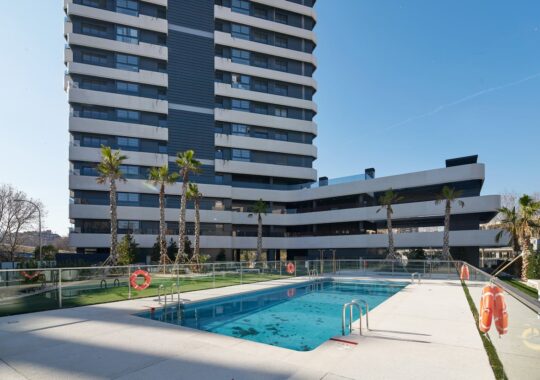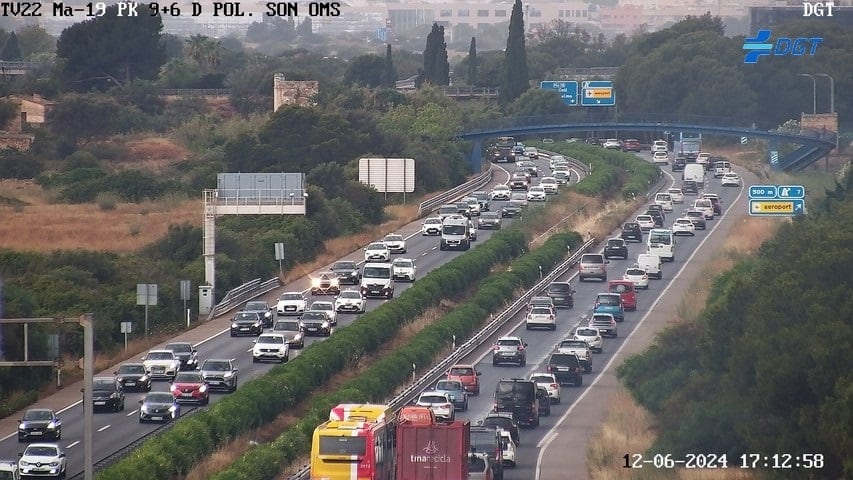
He Mallorca Council It proposes limiting the entry of vehicles to the island, putting a cap on the number of rental cars that travel the road network and introducing a tax on cars that are not taxed on any of the islands to discourage their arrival. The Government team of the insular institution, from PP and Vox, has collected the main recommendations and conclusions of the study of the carrying capacity of the road network commissioned a few months ago with the aim of taking measures against the saturation of the roads, especially during the summer. The Consell will submit a proposal to the regional Parliament to be able to promote a bill that allows the island institution to establish a maximum vehicle ceiling and limit the number of cars that reach the island’s roads through the ports.
According to data from the study prepared by the mobility and transportation consultancy CinesiThere are between 93,599 and 122,397 vehicles left on the island. This means that the maximum ceiling for cars should be between 834,263 and 863,061, which would imply returning to the 2017 and 2018 figures to avoid road saturation. The study indicates that last year 379,000 vehicles entered through the island’s ports, a figure comparable to 40% of the total car fleet of Mallorca residents. On one day in July 2018, tourists made 1.3 million trips, four out of ten in a rental car, which implies a 25% increase in traffic on the island’s roads. In the peak week of August last year, 966,000 vehicles circulated, a figure very far from the 834,263 that circulated in the same period in 2017.
⏸️The first load study of the @ConselldeMca proposes regulating the entry of vehicles and a tax for cars that do not pay taxes in the Balearic Islands
🚗In 2023, a total of 379,628 cars entered through the ports of Mallorca, 324,623 with drivers, 108% more than in 2017. https://t.co/0lWRduaINr pic.twitter.com/IaURVZyzWp— Highways of Mallorca – Council of Mallorca (@carreterasdeMca) October 23, 2024
The study focuses on the consequences that tourism and rental cars have had on the saturation of the road network. While the increase in population compared to 2017 stands at 7%, the increase in traffic on Mallorca’s roads is 11.5%, which shows “greater car use without having noticeably increased the number of cars.” per inhabitant.” Furthermore, the average stay of a tourist has decreased over the years until it stands at six days on average for Spanish tourists and seven days abroad. “We must consider that a shorter stay may mean a greater number of daily trips with the aim of visiting the same places in a shorter time, which may also lead to an increase in rental car use to the detriment of public transport.”
The president of the Consell de Mallorca, Llorenç Galmés, explained that the study establishes three fundamental recommendations to reduce road saturation: limit the entry of vehicles arriving through ports, establish a maximum number of rental vehicles in circulation and impose a tax on vehicles that are not taxed on any of the islands to favor the vehicles of Majorcan residents. “Mallorca needs regulation of the entry of vehicles that do not pay the road tax, prioritizing the vehicles of Mallorcans,” said Galmés.
The Government team will present these conclusions to the insular mobility commission and to the sustainability table promoted by the regional Government for debate. Furthermore, it aims to agree, with the greatest possible consensus, on a bill to regulate the entry of vehicles into Mallorca and establish a maximum number of rental vehicles in circulation.
Mallorca is not alone in this. Next Tuesday, the Parliament of the Balearic Islands will approve a bill so that the Consell de Ibiza can regulate the entry of vehicles starting next summer. The island of Formentera was the first to apply this limitation in 2019, with a regulation that empowered the island’s Government to establish a prior reservation system to authorize the entry of cars and to temporarily limit motor vehicles in spaces with natural, heritage and landscape values.
Formentera is an island of barely 12,900 residents that supports human pressure that shoots up to 47,000 people in the peak months of the high season. The permanent fleet of vehicles amounts to 20,700 units – 10,750 resident cars, 8,000 motorcycles and 2,000 rental cars – and in the summer months it shoots up to peaks that exceed 50,800 vehicles, an increase of 145% in cars and motorcycles circulating through a road network of just 38.5 kilometers.
